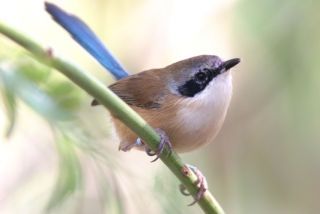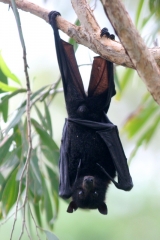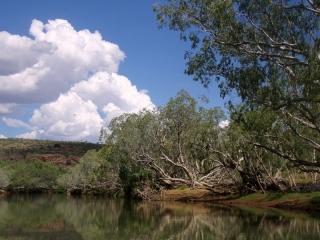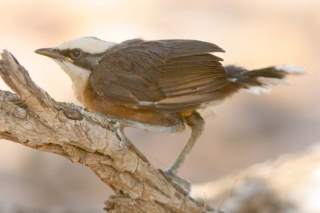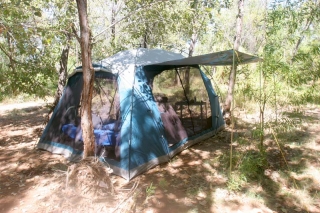Last Saturday I surveyed fairy-wrens past lunchtime, bushwhacking about 14 kilometers along the Adcock River – a tough morning outside. At about 2pm, Katherine spotted me arrive back at station grimy, sweaty, hungry, and sunburned.
“Hey, we’re leaving for Mount Leake in 20 minutes,” she said. “Want to come?”
Well, sure. Instead of a nice shower and smoothie (my typical after-morning routine), I corralled together some water, food, sleeping bag, pad, and a few other necessities, threw them in a backpack, and jumped into James’ truck along with Bernie, Katherine, Claire, and Martha for the 2-day excursion. James drove us 40 minutes to the end of a 2-wheel track, dropped us, waved goodbye, and we spent the afternoon climbing Mornington’s highest prominence.
It was my second time up there this season, and, since none of the other four had been there before, I could point out the route. Watching sunset from the sandstone rocks, sleeping out under the stars, watching sunrise from my sleeping bag, snuggling down against a cold wind all night – yeah, it was pretty nice. But I was most proud of lighting a small fire with only grass and sticks – and just 2 matches – in the stiff wind. Say what you want, harnessing fire makes us human. In fact, it makes us men, full of hair and testosterone. Everyone, at heart, wants to be an annoying cub scout… (I tried singing Kumbaya, but it didn’t go down too well.)
And, yes, I’m still alive out here. Recent trouble with nonfunctional internet, nonfunctional camera, and nonfunctional Photoshop. Hope to get it all functional again soon…


